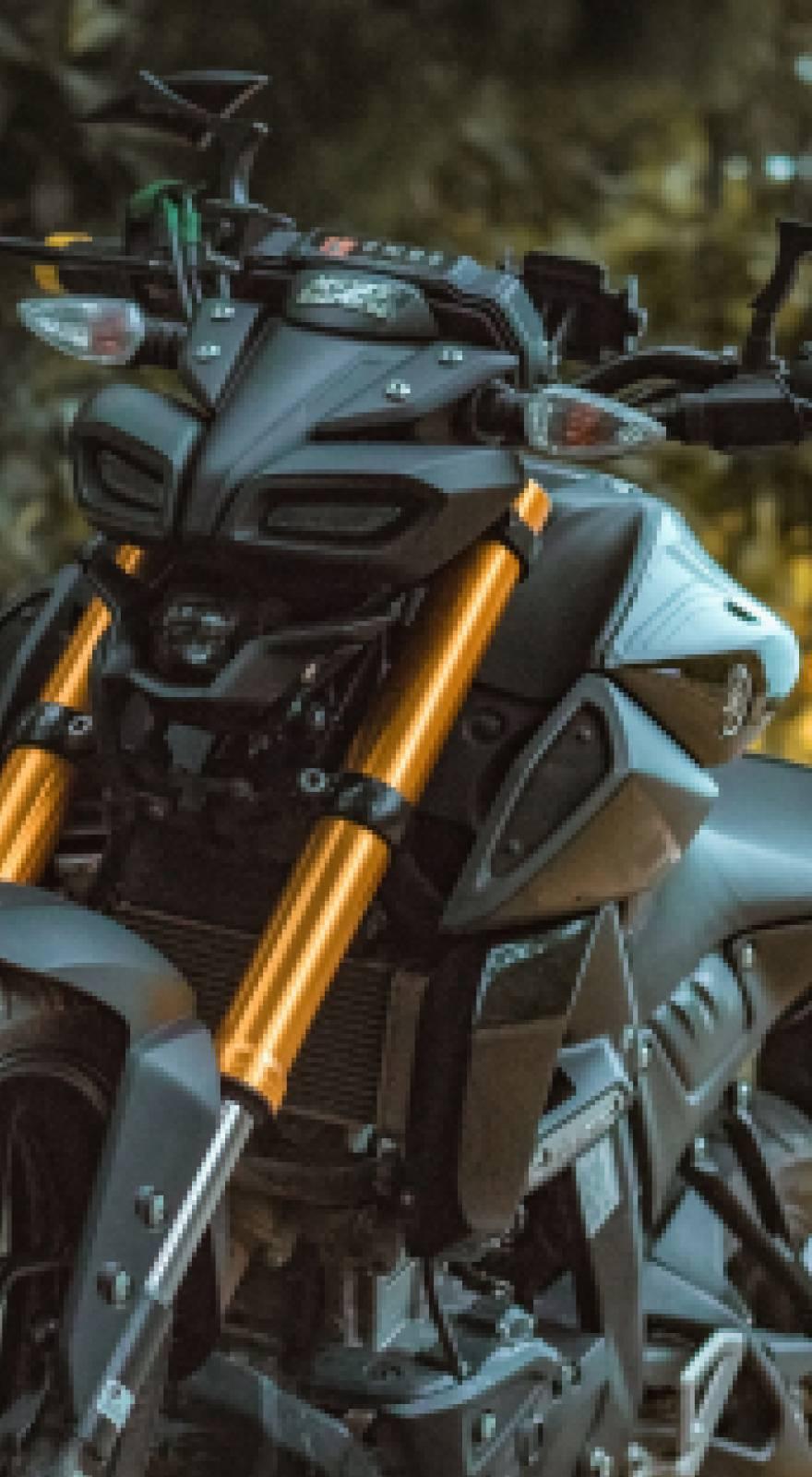Knowde Enhanced TDS
Identification & Functionality
- Plastics & Elastomers Functions
- Technologies
- Product Families
Features & Benefits
- Labeling Claims
- Product Highlights
VersaCHAR compounds can be custom tailored in any number of polyolefin carrier resins possessing various melt flows rates or indices. During such custom formulation, ultra-violet light stabilizers, processing aids, anti-microbial/fungicides, nucleators, coloration & pigments, et cetera, can often easily be incorporated into the overall formulated compound or concentrate.
VersaCHAR compounds form high levels of non-combustible char bodies and entrained ash when exposed to intense heat sources such as focused or diffuse open flames. Formation of these char bodies and entrained ash block transmission of heat in the surrounding polymer thereby eliminating the spread of flame and deformation of the polymer. VersaCHAR compounds will simply not support combustion. The formation of the protective char layer and the heat blocking protection it imparts allows the overall polymeric structure to maintain much of its mechanical integrity when used in thicker gage polypropylene homopolymer carriers even after prolonged exposure to diffuse or focused flames. Additionally, almost no smoke or other toxic gasses are emitted during or after exposure to flame or heat for any length of time.
Applications & Uses
- Markets
- Applications
- Compatible Polymers & Resins
- Plastics & Elastomers End Uses
- Recommended Use
As an example, the VersaCHAR compounds are known to have zero second after-flame with no burning drips when exposed to 1,950 degree (C) methane torch from a distance of 1.5 inches for 30 seconds or more.
It is recommended that VersaCHAR compounds be used as a fully formulated compound. As mentioned before, other additives or colorants can be custom tailored to the final compound formulation providing the desired appearance, UV Stability, anti-microbial functionality, etc.
Properties
- Appearance
- Cylindrical Pellets
- Typical Properties
- Physical Properties of Compound & Concentrate
The exact effect on the mechanical properties compared to unmodified resin(s) should be determined on a case by case basis depending on any custom-tailored olefin carrier resin specified. In general, the following properties of a typical VersaCHAR compound are observed:
- Significantly Improved Heat Distortion Temperature
- Non-Blooming (Non migration of the flame retardant chemicals to the surface of the polymer)
- Low Density relative to other higher density filled FR compounds.
- Low water absorption.
VersaCHAR compounds are translucent to opaque depending on thickness of the substrate and neutral in color and appearance and therefore highly colorable. Please see your Dynamic Modifiers representative to obtain exhibits demonstrating the rich and deep shades achievable when using VersaCHAR compounds.
| Value | Units | Test Method / Conditions | |
| Specific Gravity | max. 1.0 | — | — |
Regulatory & Compliance
- Certifications & Compliance
- Quality Standards
Technical Details & Test Data
- Thermogravimetric Analysis Data of Active Components (10 mg @ 10 Degrees Celsius under N2
Temperature, Celsius 295 328 400 Weight Loss, (%) 5% 10% 25% - Processing Conditions
In general, it is recommended that VersaCHAR compounds should be processed at temperatures not to exceed 220 degrees Celsius. However, optimal processing conditions should be determined experimentally.
- Other/Special
Determination of degree of flame retardancy imparted to the final polyolefin part or construction must be determined on a case by case basis.
- Specifications
Listed below are a few of the more common specifications VersaCHAR compounds are designed to pass:
Specification Comment NFPA 701 All years and revisions CPAI-84 All Sections and Revisions UL-94 V-0, V-1, V-2 ASTM D-2863 MVSS 302 ASTM E84 FAR 25-853 Appendix F All Flammability and Smoke Density Specs

